|
This is part 2 of a seasonal look into the energetics of each season and how they affect our inner and outer worlds. In Traditional Chinese Medicine (TCM), The 5 Elements Theory, invites us to live more in flow and alignment with the seasons and offers us the opportunity to link ourselves more to the natural world and to become more aware of ourselves and the world around us. The five elements through the lens of TCM - wood, fire, earth, metal, water - represent the cyclical changes of nature. The cycles we see in nature are interconnected with those we experience as humans. The flow of the cycles manifest in many ways and are reflected in our energy, creativity, emotions, ease and dis-ease, expression, foods, tastes and colours we seek and crave. Each season is linked to an element and a set of organs that need a little more care and nourishment in that specific season. Health conditions and/or emotions related to the specific organs may also flare up but there are many things we can do to support our body through the cyclical changes that also manifest within us. Learning about each element may enable us to create internal balance which will improve all areas of health whether physical, mental and emotional. Yin & Yang and springThe Yin and Yang theory is the underlying principle of Traditional Chinese Medicine (TCM) and Philosophy, the Taoist culture. Everything is composed of opposites, relative to each other, complementary and as constantly interacting forces. One cannot exist without the other. There is no night without day, no heaven without earth, no moon without sun, no up without down, no out without in, no cold without warmth, no youth without age, no opposition without unity, no stillness without noise, no passive without active. The same goes for the cycles of the seasons. Here in the Northern Hemisphere we are entering spring. We are slowly coming out of the most Yin part of the year (winter) and spring comes with the re-birth and re-emergence of all natural life, there’s an outward and expansive movement of energy. We may see it in the animal kingdom where new life is born, the sap is rising in the trees and plants show their buds and sprouts. Green returns. We’re emerging from the more dormant and nurturing qualities of winter to experience the abundance of what spring and new life has to offer us. We may feel more energy stirring, and feel the need to also expand like nature around us and crave more outward movement, whether that means spending more time outdoors or engaging more socially or increasing physical activity. In TCM, good health is believed to come from a balance of Yin and Yang. Too much or too little of one or both will cause imbalances throughout the body and will manifest in physical, mental and/or emotional dis-eases. The wood elementIn TCM and according to the 5 Elements Theory, spring is associated with the Wood element and the Liver and the Gallbladder. Element: Wood Organs: Liver and Gallbladder Colour: Green Taste: Sour → astringent-gathering, contracting, activates blood, moves stagnation, generates fluids, tonifies Yin Positive emotion: Humour, patience Negative emotion: Anger, frustration The Liver is considered the ‘General’ in TCM and it rules the flow of qi in the body. When in balance life is flowing, we’re “in flow”, we’re creative and have a drive to achieve things in life. Energy and emotions flow freely, we can express ourselves clearly. When imbalanced we may feel anger and frustration, we may latch out, we don’t feel in control. The Gallbladder rules courage and decisiveness so that we can execute the plans of the liver. Excess gallbladder energy (qi) may result in rash decisions and arrogance. If deficient we may be timid, indecisive, lacking courage. When the wood element is balanced we have clarity and foresight, we have purpose, goals and a vision. We're assertive, confident, ambitious and committed. If we take a look at the emotion of anger corresponding to this element, we may think that it is negative. Anger is often regarded as a negative emotion, but when we look at the power and potential of anger, it may be a critical emotion to inspire growth, change and transformation. It doesn't have to be painful or destructive when we can move through anger in a healthy way. The liver channel in the meridian system is considered responsible for the smooth flow of qi (energy) and blood through all the 12 channels, also known as meridians. Spring time can bring with it allergies, asthma, colds and flus. It is therefore important to create harmony, in particular through the liver and wood element in order to limit these imbalances as much as possible. How to nourish your bodyFood is your medicine. Your daily food intake is the basis of your transformation. Your food becomes your blood, cells, organs, body, mind, emotions and thoughts. Food is nourishment. Your input will affect your output physically, mentally, emotionally. Connect with your food and where it is coming from, eat with the season, favour locally grown organic whole foods where possible. In spring we can start incorporating lighter methods of cooking like stir-frying and steaming whilst still holding onto the warmer winter cooking styles (see the winter blog post). Seasonality and energetics when talking about food is important in the way that foods that grow in summer are lighter in nature and have cooling properties to them, such as tomatoes, cucumber, berries etc., when in turn in winter, the seasonal foods are heavier and warming in nature such as onions, leeks, root vegetables, cabbage, apples and pears. The in-between season of spring offers us a little bit of both with its new sprouts and fresh produce emerging. We still want to favour cooked, warm foods and limit raw, cold foods. Nature is beautifully intelligent and if we look closely, we can find so much wisdom from the changes and transformations that can be witnessed within each season. Spring foods and cooking stylesThe overall theme in terms of food for spring is green and sour. This colour and taste nourish the liver. The organ we are looking to support in this time. Spring foods Leafy greens (mustard greens, rainbow chard, cavolo nero, arugula/roquette, celery, spring onions), green peas, broccoli, cauliflower, cabbage, onion, radish, daikon, leek, fennel, asparagus, sprouts, carrot, spinach, pak choi, rhubarb, kale, strawberries (late Spring), seaweed, medicinal mushrooms (reishi, chaga, lion's mane, cordyceps), citrus, pickles and fermented foods (like kimchi, beet kvass, miso, kefir). Cooking styles The body and in particular the liver needs to rid itself from the impacts of the winter months, so this is where we can start bringing in lighter cooking styles like stir-frying and steaming. Summer is still not here, the outdoors lets us know, so we can still incorporate some warmer, more nourishing winter cooking styles, like soups. We may also want to slowly move away from baked goods. Wellbeing practices for springThere's no need to make drastic changes or feel like you have to do all of these for them to have an effect or an impact. They're simply suggestions and ideas. Pick and choose what resonates and feel free to share your own in the comment section below. The most important is to do something you actually enjoy.
I hope you found something useful or at least interesting through reading this post. Feel free to share your thoughts or questions in the comments below. I would love to hear from you!
With warmth, Mia
0 Comments
|
Mia VossHolistic Health & Nutition Practitioner and Coach Archives
September 2023
Categories |



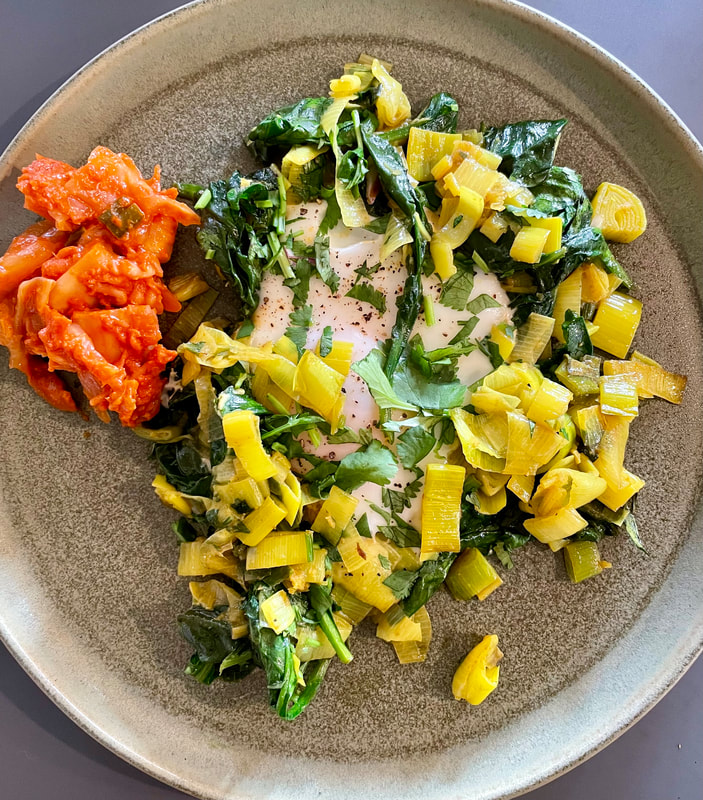


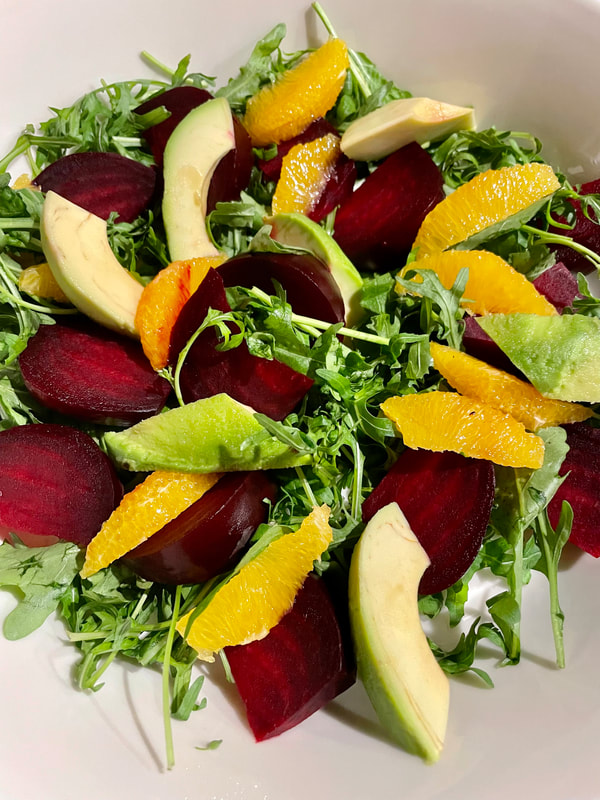
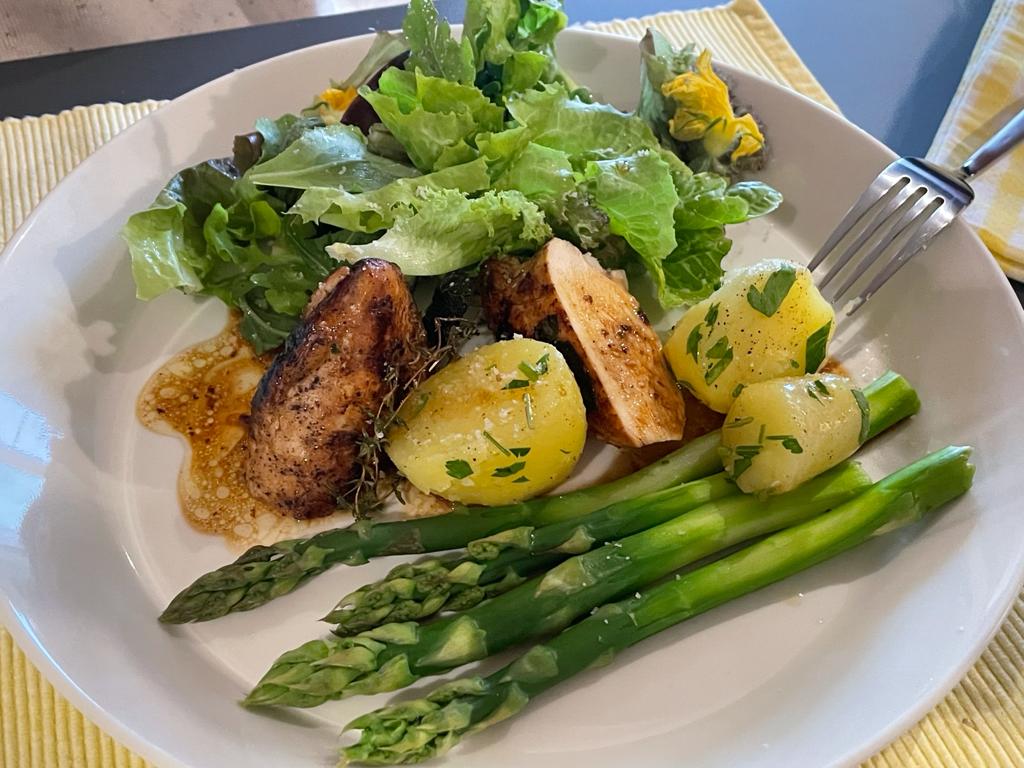
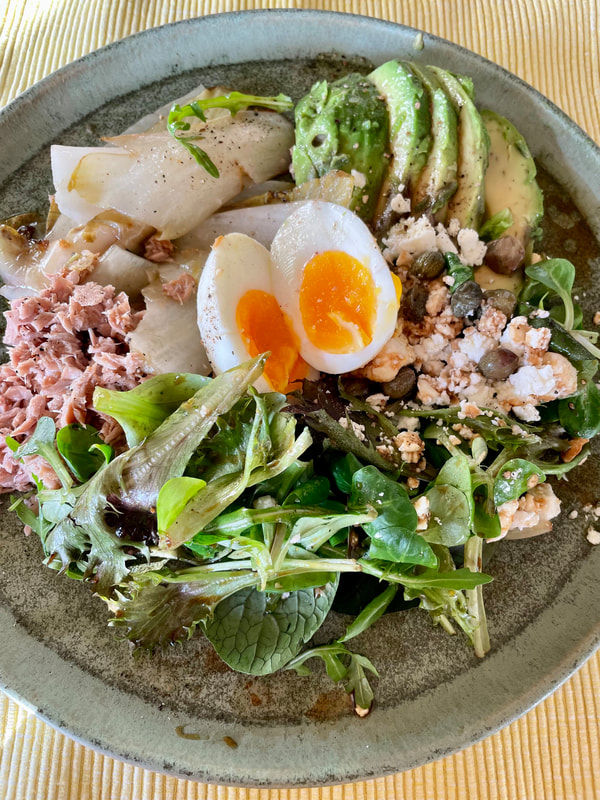


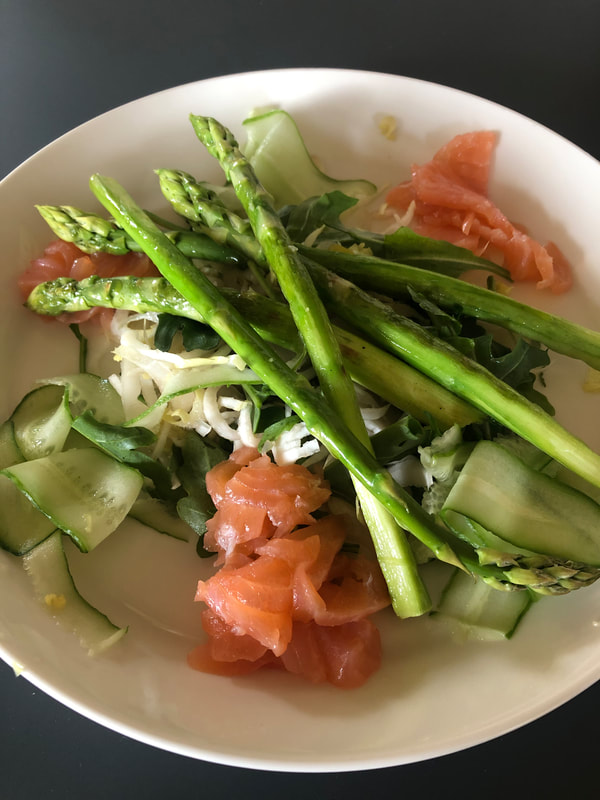

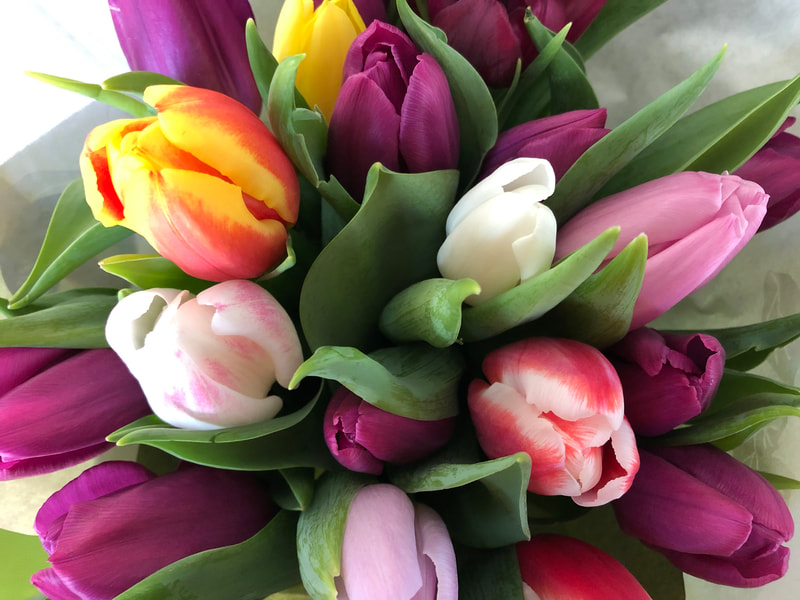
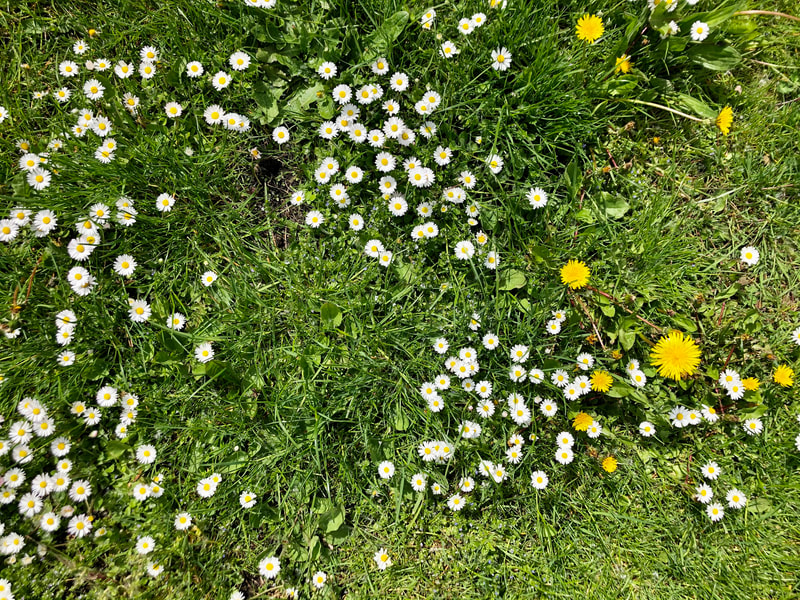
 RSS Feed
RSS Feed
